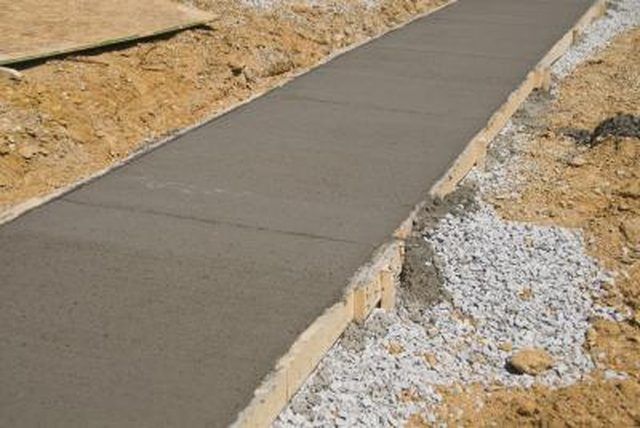Bulbs
Flower Basics
Flower Beds & Specialty Gardens
Flower Garden
Garden Furniture
Garden Gnomes
Garden Seeds
Garden Sheds
Garden Statues
Garden Tools & Supplies
Gardening Basics
Green & Organic
Groundcovers & Vines
Growing Annuals
Growing Basil
Growing Beans
Growing Berries
Growing Blueberries
Growing Cactus
Growing Corn
Growing Cotton
Growing Edibles
Growing Flowers
Growing Garlic
Growing Grapes
Growing Grass
Growing Herbs
Growing Jasmine
Growing Mint
Growing Mushrooms
Orchids
Growing Peanuts
Growing Perennials
Growing Plants
Growing Rosemary
Growing Roses
Growing Strawberries
Growing Sunflowers
Growing Thyme
Growing Tomatoes
Growing Tulips
Growing Vegetables
Herb Basics
Herb Garden
Indoor Growing
Landscaping Basics
Landscaping Patios
Landscaping Plants
Landscaping Shrubs
Landscaping Trees
Landscaping Walks & Pathways
Lawn Basics
Lawn Maintenance
Lawn Mowers
Lawn Ornaments
Lawn Planting
Lawn Tools
Outdoor Growing
Overall Landscape Planning
Pests, Weeds & Problems
Plant Basics
Rock Garden
Rose Garden
Shrubs
Soil
Specialty Gardens
Trees
Vegetable Garden
Yard Maintenance
How to Calculate Amount of Yards in Concrete or Dirt Needed
How to Calculate Amount of Yards in Concrete or Dirt Needed. Whether you plan to lay a sidewalk, pour footings for a building or fence posts, create raised beds for gardening or just fill in a low-lying area with extra soil, you will need to know how much material it takes to fill the area. Both concrete and dirt typically come in cubic yards, so...

Whether you plan to lay a sidewalk, pour footings for a building or fence posts, create raised beds for gardening or just fill in a low-lying area with extra soil, you will need to know how much material it takes to fill the area. Both concrete and dirt typically come in cubic yards, so calculate the volume of the area you need to fill in cubic yards to find out how much material to order.
Things You'll Need
Tape measure
Measure the dimensions of the area you want to fill with concrete or dirt. For a rectangular plot, measure the length and width. For a round footing, measure across the circle at the widest point to get the diameter. Record the dimensions in feet -- divide inches by 12 to get feet. If a measurement is 4 feet 3 inches, for example, record it as 4 + 3/12 = 4.25 feet.
Calculate the area. Multiply length times width for a square or rectangular plot. Divide diameter by two, square the result and multiply by 3.14 for a circular area. For example, the area of a rectangle 10 feet wide by 5 feet long is 105 = 50 square feet. The area of a circle 2 feet in diameter is 3.14(2/2)^2 = 3.14 square feet.
Measure the depth of the hole you need to fill, or the thickness you want if the material will be above ground -- in a raised flowerbed, for example. Record the measurement in feet; if you want to pour a sidewalk 6 inches deep, for example, the depth is 6/12 = 0.5 feet.
Multiply the depth by the area to get the volume you need to fill. For a 50-square-foot plot filled to a depth of 0.5 feet, for example, the volume is 50 square feet * 0.5 feet = 25 cubic feet.
Divide the volume in cubic feet by 27 to get the volume in cubic yards. For example, 25 cubic feet/27 equals 0.93 cubic yards.
Round up to the nearest 1/2 cubic yard to ensure you get enough material. For dirt, consider ordering another 1 or 2 cubic yards to add on top of the new soil as it settles and compacts.
Tips & Warnings
Divide irregularly shaped areas into squares and rectangles, find the area of each sub-area and add all the areas together to get the total area of the plot. If you have an L-shaped plot, for example, calculate the area of each rectangular "leg" and add the two areas together.